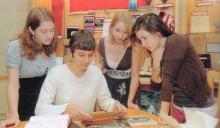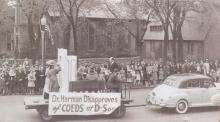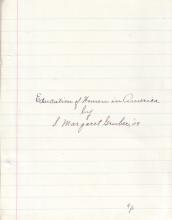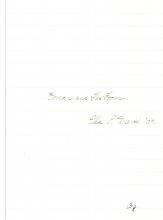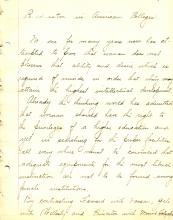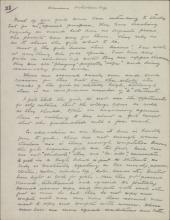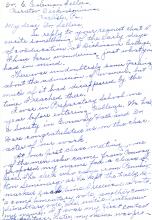Hurrah for Coeducation! Exhibit Opens
Dickinson Magazine reports the creation and opening of Hurrah for Coeducation!, an exhibit in Dickinson's Archives & Special Collections chronicling and celebrating the 125th anniversary of women studying at the college. In the summer of 2009 interns Allyson Glazier, Cassidy Dermott, Alli Schell - all of the class of 2011 - teamed up under the guidance of special collections librarian Malinda Triller to compile artifacts of many types relating to the history of women at Dickinson. The exhibit displayed photographs, letters, maps, and various other artifacts organized in cases

